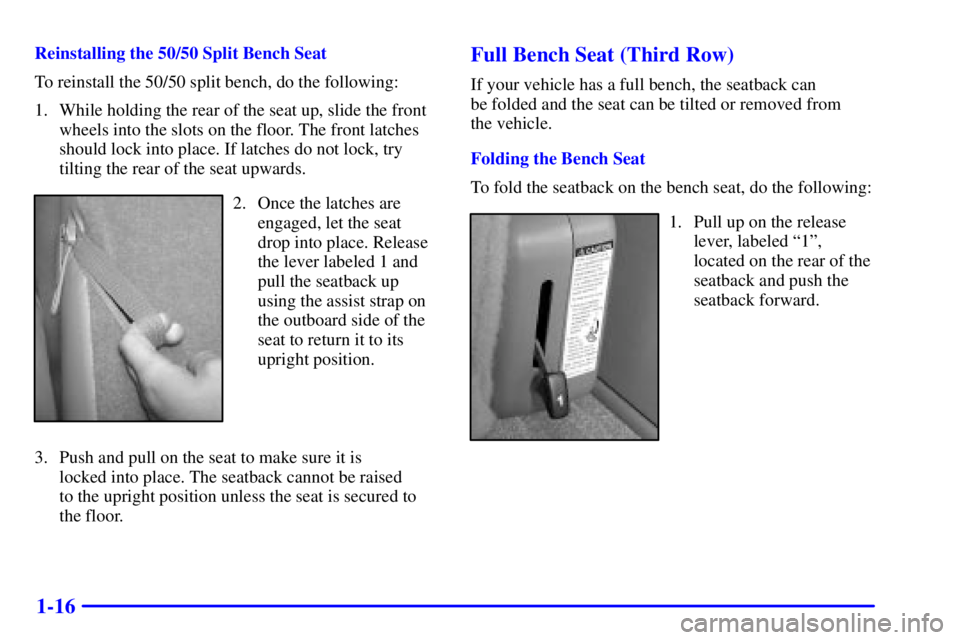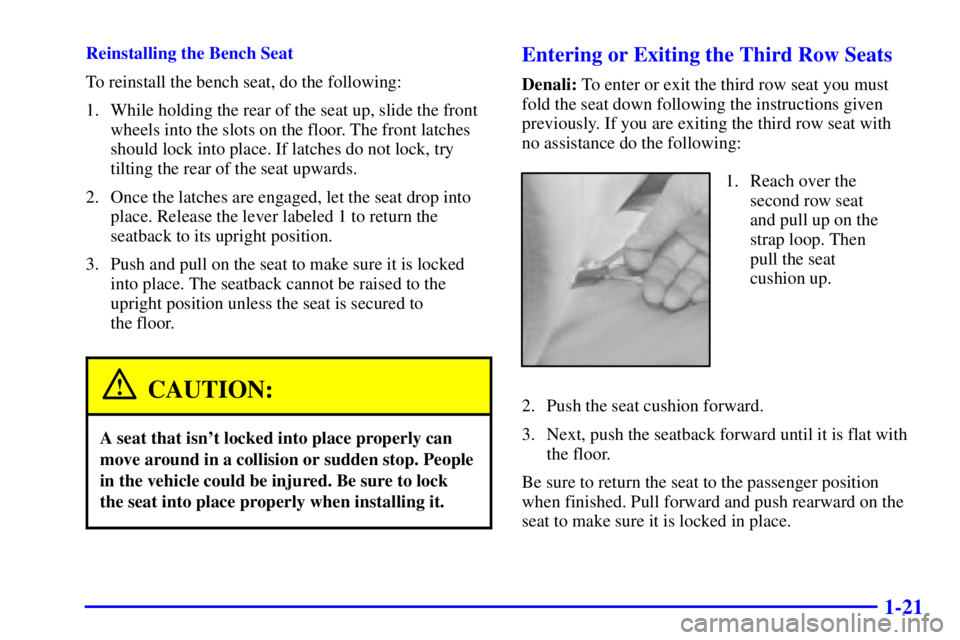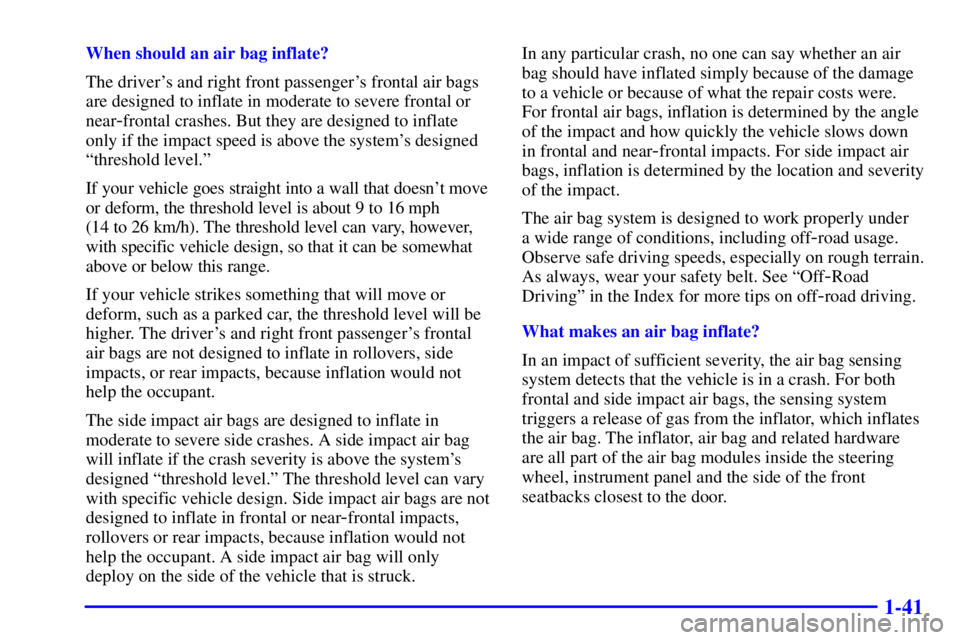Page 4 of 394
ii
Table of Contents
Windows
Keys and Door Locks
Keyless Entry System
Liftgate
Automatic Transmission Operation
All-Wheel Drive
Parking Brake
Tilt Wheel
Turn Signal/Multifunction Lever
Windshield WipersCruise Control
Exterior and Interior Lamps
Mirrors
Storage Compartments
Convenience Net/Luggage Carrier
Accessory Power Outlets
OnStar® System (If Equipped)
Sunroof (If Equipped)
HomeLink® Transmitter
Instrument Panel, Warning Lights and Gages Seats and Seat Controls
Safety BeltsAir Bag Systems
Restraint Systems for Children
Section
1
Section
2
Seats and Restraint Systems
Features and Controls
Page 6 of 394
iv
Fuel
Checking Fluids and Lubricants
GM Oil Life System™
Engine Air Cleaner/Filter
Passenger Compartment Air Filter
Brakes
Bulb ReplacementWindshield Wiper Blade Replacement
Tires and Wheels
Appearance Care
Electrical System/Fuses and Circuit Breakers
Capacities and Specifications
Normal Maintenance Replacement Parts
Table of Contents (cont'd)
Maintenance Schedule Service and Appearance Care
Section
7
Section
6
Scheduled Maintenance
Owner Checks and Services
Periodic Maintenance InspectionsRecommended Fluids and Lubricants
Maintenance Records
Page 29 of 394

1-16
Reinstalling the 50/50 Split Bench Seat
To reinstall the 50/50 split bench, do the following:
1. While holding the rear of the seat up, slide the front
wheels into the slots on the floor. The front latches
should lock into place. If latches do not lock, try
tilting the rear of the seat upwards.
2. Once the latches are
engaged, let the seat
drop into place. Release
the lever labeled 1 and
pull the seatback up
using the assist strap on
the outboard side of the
seat to return it to its
upright position.
3. Push and pull on the seat to make sure it is
locked into place. The seatback cannot be raised
to the upright position unless the seat is secured to
the floor.
Full Bench Seat (Third Row)
If your vehicle has a full bench, the seatback can
be folded and the seat can be tilted or removed from
the vehicle.
Folding the Bench Seat
To fold the seatback on the bench seat, do the following:
1. Pull up on the release
lever, labeled ª1º,
located on the rear of the
seatback and push the
seatback forward.
Page 34 of 394

1-21
Reinstalling the Bench Seat
To reinstall the bench seat, do the following:
1. While holding the rear of the seat up, slide the front
wheels into the slots on the floor. The front latches
should lock into place. If latches do not lock, try
tilting the rear of the seat upwards.
2. Once the latches are engaged, let the seat drop into
place. Release the lever labeled 1 to return the
seatback to its upright position.
3. Push and pull on the seat to make sure it is locked
into place. The seatback cannot be raised to the
upright position unless the seat is secured to
the floor.
CAUTION:
A seat that isn't locked into place properly can
move around in a collision or sudden stop. People
in the vehicle could be injured. Be sure to lock
the seat into place properly when installing it.
Entering or Exiting the Third Row Seats
Denali: To enter or exit the third row seat you must
fold the seat down following the instructions given
previously. If you are exiting the third row seat with
no assistance do the following:
1. Reach over the
second row seat
and pull up on the
strap loop. Then
pull the seat
cushion up.
2. Push the seat cushion forward.
3. Next, push the seatback forward until it is flat with
the floor.
Be sure to return the seat to the passenger position
when finished. Pull forward and push rearward on the
seat to make sure it is locked in place.
Page 37 of 394
1-24
You never know if you'll be in a crash. If you do have a
crash, you don't know if it will be a bad one.
A few crashes are mild, and some crashes can be so
serious that even buckled up a person wouldn't survive.
But most crashes are in between. In many of them,
people who buckle up can survive and sometimes walk
away. Without belts they could have been badly hurt
or killed.
After more than 30 years of safety belts in vehicles,
the facts are clear. In most crashes buckling up does
matter ... a lot!
Why Safety Belts Work
When you ride in or on anything, you go as fast as
it goes.
Take the simplest vehicle. Suppose it's just a seat
on wheels.
Page 52 of 394
1-39 How the Air Bag Systems Work
Where are the air bags?
The driver's frontal air bag is in the middle of the
steering wheel.
The right front passenger's frontal air bag is in the
instrument panel on the passenger's side.
The driver's side impact air bag is in the side of the
driver's seatback closest to the door.
Page 53 of 394
1-40
The right front passenger's side impact air bag is in the
side of the passenger's seatback closest to the door.
CAUTION:
If something is between an occupant and an air
bag, the bag might not inflate properly or it
might force the object into that person causing
severe injury or even death. The path of an
inflating air bag must be kept clear. Don't put
anything between an occupant and an air bag,
and don't attach or put anything on the steering
wheel hub or on or near any other air bag
covering and don't let seat covers block the
inflation path of a side impact air bag.
Page 54 of 394

1-41
When should an air bag inflate?
The driver's and right front passenger's frontal air bags
are designed to inflate in moderate to severe frontal or
near
-frontal crashes. But they are designed to inflate
only if the impact speed is above the system's designed
ªthreshold level.º
If your vehicle goes straight into a wall that doesn't move
or deform, the threshold level is about 9 to 16 mph
(14 to 26 km/h). The threshold level can vary, however,
with specific vehicle design, so that it can be somewhat
above or below this range.
If your vehicle strikes something that will move or
deform, such as a parked car, the threshold level will be
higher. The driver's and right front passenger's frontal
air bags are not designed to inflate in rollovers, side
impacts, or rear impacts, because inflation would not
help the occupant.
The side impact air bags are designed to inflate in
moderate to severe side crashes. A side impact air bag
will inflate if the crash severity is above the system's
designed ªthreshold level.º The threshold level can vary
with specific vehicle design. Side impact air bags are not
designed to inflate in frontal or near
-frontal impacts,
rollovers or rear impacts, because inflation would not
help the occupant. A side impact air bag will only
deploy on the side of the vehicle that is struck.In any particular crash, no one can say whether an air
bag should have inflated simply because of the damage
to a vehicle or because of what the repair costs were.
For frontal air bags, inflation is determined by the angle
of the impact and how quickly the vehicle slows down
in frontal and near
-frontal impacts. For side impact air
bags, inflation is determined by the location and severity
of the impact.
The air bag system is designed to work properly under
a wide range of conditions, including off
-road usage.
Observe safe driving speeds, especially on rough terrain.
As always, wear your safety belt. See ªOff
-Road
Drivingº in the Index for more tips on off
-road driving.
What makes an air bag inflate?
In an impact of sufficient severity, the air bag sensing
system detects that the vehicle is in a crash. For both
frontal and side impact air bags, the sensing system
triggers a release of gas from the inflator, which inflates
the air bag. The inflator, air bag and related hardware
are all part of the air bag modules inside the steering
wheel, instrument panel and the side of the front
seatbacks closest to the door.